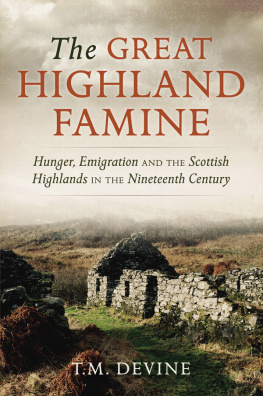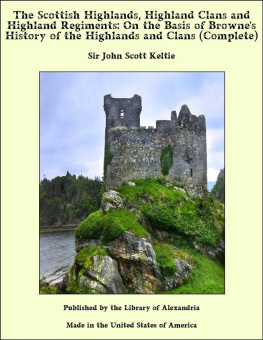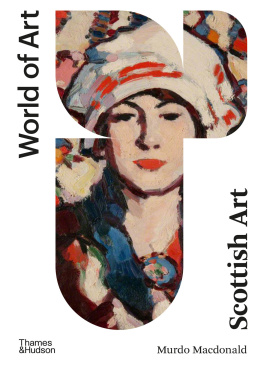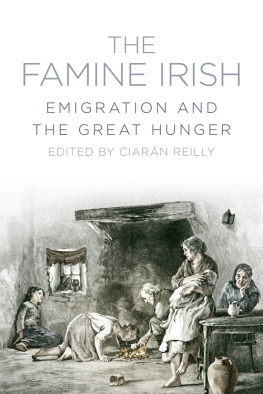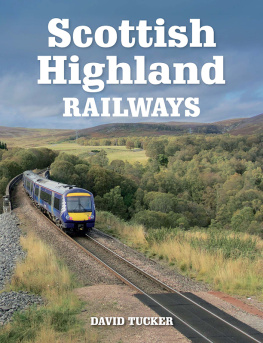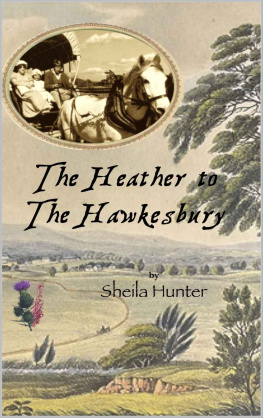Contents
Guide
THE GREAT
HIGHLAND FAMINE
THE GREAT
HIGHLAND FAMINE
Hunger, Emigration and the
Scottish Highlands
in the Nineteenth Century
T.M. DEVINE
Research Assistant
WILLIE ORR

First published in 1988 by
John Donald Ltd, Edinburgh
Reprinted in paperback in 2001 by
John Donald, an imprint of Birlinn Ltd
This paperback edition first published 2021
Birlinn Ltd
West Newington House
10 Newington Road
Edinburgh EH9 1QS
ISBN 978 1 910900 50 5
Copyright T. M. Devine 1988
The right of T. M. Devine to be identified as the author of this work has been asserted by him in accordance with the Copyright, Designs and Patents Act, 1988
British Library Cataloguing-in-Publication Data
A catalogue record for this book is available from the British Library.
Printed and bound in Great in Britain
by Clays Ltd, Elcograf S.p.A.
Introduction
The primary purpose of this book is to provide an account of the potato famine in the Scottish Highlands in the middle decades of the nineteenth century through a consideration of its origin, nature and effects. This was the last great subsistence crisis on the British mainland and potentially the most devastating to affect any region of Scotland since the notorious Lean Years of the 1690s. Events in the Highlands at the time also suggest interesting parallels and contrasts with the Great Famine in Ireland. Yet the Highland famine has not thus far attracted much systematic attention from historians, and even its existence is not widely known outside the relatively small number of those with a serious interest in the Scottish past.
The term Highland Famine can be justified on at least three counts. First, for almost a decade between 1846 and 1855 the potato, the main subsistence crop of the population of the Western Highlands and Islands, failed in whole or in part and threatened a large number of the regions inhabitants with both malnutrition, severe destitution and the killer diseases associated with these conditions. Second, massive external assistance was required to reduce the real danger posed to the lives of many thousands of people. Third, the subsistence crisis had a fundamental impact on such crucial social indicators as birth, marriage, emigration and migration. The famine caused a huge exodus from the stricken region on a quite unprecedented scale. The Highland Famine did not directly cause the deaths of many people, except in 1846 and 1847, but it had momentous demographic consequences for the inhabitants of the north of Scotland.
The aim of this study, however, is not confined to a straightforward historical assessment of the potato famine itself. It also seeks to bridge some of the gaps in current literature on the nineteenth-century Highlands which exist in the periods covered by Malcolm Grays Highland Economy (1957) and James Hunters Making of the Crofting Community (1976). Grays volume is restricted to the decades before c. 1840. The main thrust of Hunters book is towards the last quarter of the nineteenth century, though he also surveys earlier periods. The middle decades, some of the most crucial in the societys development, have not hitherto been explored in any depth.
The book also devotes considerable attention to emigration and migration and seeks to make a contribution to an understanding of an important phase in the movement of the Scottish people to overseas destinations. The treatment here, however, is restricted to an examination of the indigenous causes, nature and process of emigration, and no attempt is made to determine the pattern of life eventually adopted by the emigrants in either Canada or Australia. Effective pursuit of the emigrant trail would require another volume concerned with the diaspora itself.
Finally, the study endeavours to contribute to the methodology of Highland history. Scholarly examination of the society after c.1840 has tended towards a kind of duality. On the one hand, there is the statistical treatment favoured by the historical demographers led by M.W. Flinn; on the other, the traditional historical approach using contemporary correspondence, government files and newspapers to construct an essentially iIIipressionistic account of social development. This study tries to combine both methods. The core of the book rests on a foundation of numerical materials: rentals, the published and unpublished census, summonses of removal, emigration records and statistical series produced by both government and destitution committees. Throughout the attempt is made to quantify the issues and problems under discussion, not because of an obsession with number for its own sake but because only through some reckoning of the order of magnitude do patterns become apparent, trends reveal themselves and the fundamental questions come more clearly into focus. Systematic analysis inevitably rests on the greater precision which comes from elementary quantification. A more elaborate manipulation of the data is not attempted, not merely because of the inadequacies of much of the source materials but also because of the limitations of the expertise of the author. Softer evidence, of the type mentioned above, is also an essential element. From it derives the information on motivation, attitudes, values and perceptions which are vital to a meaningful understanding of causation and the ideologies and assumptions which drove men to action.
It must be stressed from the outset that there are a number of intractable problems associated with some of the major sources which have been used in the analysis. An effort has been made to locate all important, relevant materials for the period and region of study. Where omissions remain it can normally be assumed that the source in question did not provide much useful information or that it is not presently recorded in record office guides, National Register of Archive (Scotland) surveys or in bibliographical literature. The specific difficulties involved in using some of the data which are available for examination anO: the gaps in much of the materials consulted are explored in detail in . Here, however, attention should be drawn to the general problems associated with three sources which in theory might have yielded hard information of a quantitative nature but which in practice were somewhat disappointing.
The Agricultural Statistics for Scotland only started to appear in the 1850s, near the end of the potato famine. They do not initially record any information on tenants paying less than 20 per annum and so exclude from coverage the vast majority of landholders in the Western Highlands and Islands. Because of this, it is impossible to calculate precise and comprehensive long-run series of changing acreage, cropping systems, tenancy structures and yields from the official returns in the way that can be done for parts of lreland. The Irish Agricultural Statistics and other official sources are not only more detailed but are available from the 1840s and thereafter. Again, Highland demographic history before civil registration must be constructed on the basis of fragile materials and on the understanding that yawning gaps exist in the evidence. Recording of births, marriages and deaths was not only erratic in the region during the 1840s and early 1850s but was artificially distorted by the Disruption of 1843 and the emergence of the Free Church of Scotland. After that date entries in some Church of Scotland registers declined dramatically or disappeared altogether. Customs returns for the Highland ports, the key source for the determination of changing patterns of regional trade during the famine period, have not survived. They were undoubtedly collected in such ports as Stornoway, Tobermory, Portree and Inveraray because extracts from the returns were occasionally produced in evidence before official enquiries. Tragically, however, for the period of this study at least, the originals seem to have been destroyed. The historian of the Highland famine, therefore, is forced to grapple with imperfect materials, base many of his conclusion on imprecise measures and rely also on tentative estimates of what might have happened. The only justification that can be offered is that, at the present time at least, there is no alternative to such an approach.

